Dam Formed by Debris Net on San Ysidro Creek Above Montecito to Be Cleared
Helicopter Flying in Equipment Starting on Friday for Work on Ring-Net Project
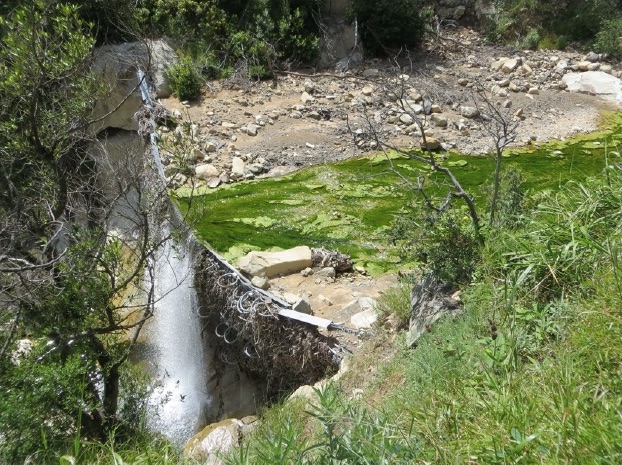
A helicopter will be flying over San Ysidro Creek in the hills above Montecito on Friday to deliver equipment being used to clear the 25-foot dam that’s formed behind a debris net placed across the stream in 2019. The project is not without its controversies — on the one hand, it’s a fulfillment of promises made when the ring nets went in; on the other hand, it’s happening 10 months after the debris should have been removed. Additionally, the group that placed the net is asking Santa Barbara County for permission to keep them for another five years, which creek advocates oppose.
Extraordinary circumstances led to the six steel barriers that were placed across three creek beds on private properties — unchallenged — in one of the most environmentally conscious communities in California. The hills above Montecito were aflame in December 2017, when the Thomas Fire scorched the earth from Santa Paula to Gibraltar Road before fizzling out under torrents of rain in January 2018. Santa Barbara County went from extinguishing houses on fire to evacuating flood victims during a terrible tragedy that came to be known as the 1/9 Debris Flow. The burned and denuded hillsides overflowed Montecito’s creeks with runoff, mud, and boulders that deluged homes and streets, sweeping away 23 people, two of whom were never found.
In the aftermath, as the community dug itself out, rebuilt, and regrouped, a grassroots nonprofit formed — the Partnership for Resilient Communities — with a mission to find a way to forestall the force of future debris flows. They knew another one would come, as Montecito’s history is replete with stories of creeks overtopping their banks, trapping people, and sometimes causing their death.
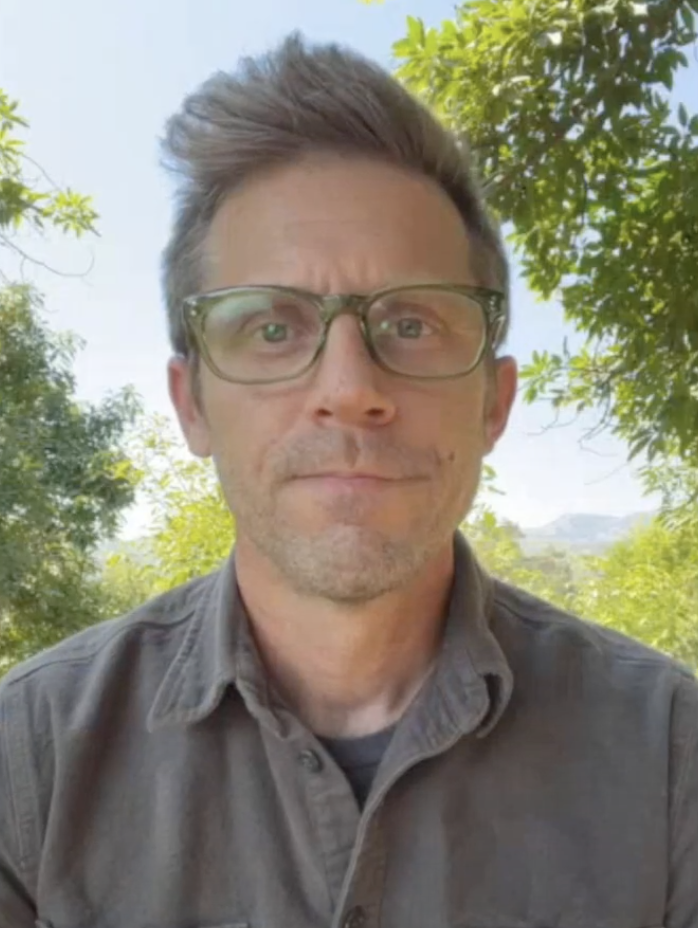
The partnership’s proposal to put what amounts to fencing across the three creeks — Cold Spring, Buena Vista, and San Ysidro — met an unusually muted response from the environmental community. “We’d been through a traumatic event, people died, and we recognized that,” said Ben Pitterle, director of advocacy for Los Padres ForestWatch, one of the groups insisting the debris nets now be removed as originally planned.
No one expected the debris nets — made of interlocking, expandable rings of steel strung on steel cable — could hold back the estimated two million cubic yards of stuff that cascaded from the mountains in January 2018. Each net holds about 10,000 cubic yards of material at most, Pitterle said. But the presence of five-ton fences across the creeks just below Los Padres National Forest is a reversal of the years-long effort to remove barriers to fish and wildlife passage erected as flood-control measures along creeks.
The question ForestWatch and other organizations are raising is whether the ring nets have served their purpose. From what they can see, the debris net in upper San Ysidro Creek caught vegetation that trapped smaller rocks, not big boulders. “It’s a failure from that standpoint,” Pitterle said. “Normally, a project like this wouldn’t see the light of day. You don’t put barricades in creeks, especially in remote areas where you can’t control them.”
Both the vehicle road and foot trails remain unrepaired after this January’s storms took them out. Helicopters were necessary to bring the steel nets in, and they are necessary to empty them. Bears, turtles, red-legged frogs, and rainbow trout have largely had the area to themselves — and the vegetation has grown back — but the ring-net dam in the steep-sided, narrow canyon blocks their customary trek up the creek bed, Pitterle said.
The presence of rainbow trout in these creeks is significant, at least before drought, fire, debris flows, and now a ring-net dam interrupted the water levels. Aquatic biologist Scott Cooper explained that freshwater rainbow trout interbreed with sea-going steelhead trout, with each keeping the other species going during times of hardship. “We view the native resident trout as being threatened and essential for restoring past steelhead runs,” Cooper said.

Los Padres ForestWatch is joined by Channel Islands Restoration, Urban Creeks Council, and Santa Barbara Audubon, Channelkeeper, and County Action Network in protesting the retention of the nets, and the debris, long past their original expiration date. The permit requires the debris landing in the nets to be cleared within 48-72 hours of the area becoming accessible again after a major storm. And what can be seen is not the “SUV-sized boulders the community was concerned about,” says a letter sent by the organizations to the county and California Fish & Wildlife in June.
Excavating behind the debris net will reveal exactly what’s there in the coming weeks, work that was preceded by permits from California Fish & Wildlife and the Army Corps of Engineers. Those permits, submitted in June, were two reasons the nets were not emptied promptly, said Pat McElroy, a spokesperson for what is now called the Project for Resilient Communities. McElroy, who ran Santa Barbara City Fire before retiring in 2018, added that Fish & Wildlife didn’t want them working in the creek during the rainy season, which ended in May. As well, Los Padres forest was closed for much of the winter due to the January storm damage.
“We know that’s environmentally sensitive habitat,” McElroy said. “And we are careful to do what Fish & Wildlife, U.S. Army Corps, and the Regional Water Quality Control Board tell us to do.”
McElroy said the nets had worked as designed. Suspended a few feet above the creek beds, large rocks and animals had passed beneath them: “We have photographs of a mountain lion family strolling up the creek in Buena Vista Canyon,” he exclaimed. A number of ’ologists — bio-, hydro-, geo-, and geomorph- — has studied the area, producing a preconstruction survey and reports on the fauna and flora of each net location. Some endangered plant species were affected, but no steelhead fish were found above the downstream fish barriers. The creek habitat likely supported endangered species such as the red-legged frog, though none were noted by biologists.
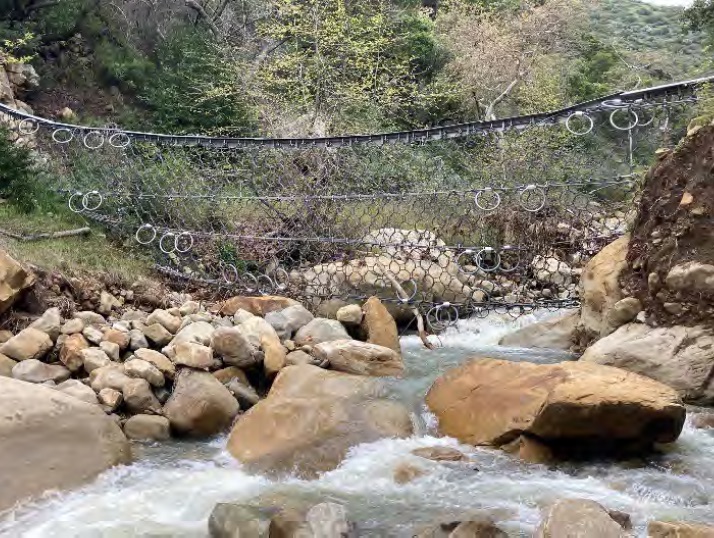
The helicopter will bring down equipment and tools needed by the crew to prep the site, with more equipment, including a Spyder excavator, being flown in next week. “Nothing is flying over populated areas,” McElroy said.
The plan is to ease the pressure from the net by removing debris, unbolt one side of it, and redistribute the rock and sediment down the creek, where it would have naturally run, McElroy said. The work will be supervised by a biologist, and they’ve already made LIDAR soundings to locate earlier flood marks for sediment and rock deposition.
Funding the undertaking is a Federal Emergency Management Agency grant of $1.5 million that the Project was awarded as a private nonprofit eligible for grants. The Project is also adding some direct funding to the pot. It is negotiating to have the county take over maintenance of Montecito’s ring nets, which cost $6 million to install.
County Supervisor Das Williams, who represents Montecito, saw the ring nets as further protection for downstream residents, but he said he wanted to know more about the cleanup and what was caught in the net. Santa Barbara County has a wide-ranging area and scarce resources when it came to flood control improvements, said Williams, who also represents parts of the City of Santa Barbara and the entirety of Cuyama in North County. While he supported the concept of the county taking the ring nets over, Williams said it was important for the Project to work out an endowment, so that maintaining the ring nets “didn’t preclude [the county] from doing the other flood control improvements that need to get done.”
The Project for Resilient Communities is asking the county to extend the permit for the ring nets — currently set to expire this December — for either one year or five years. The length of time depends on whether the county is willing to participate in maintaining the nets.
“If we can’t come to a deal, we’ll be reevaluating what to do,” McElroy said.
Editors’ Note: The helicopter photos were added the day after this story was posted.

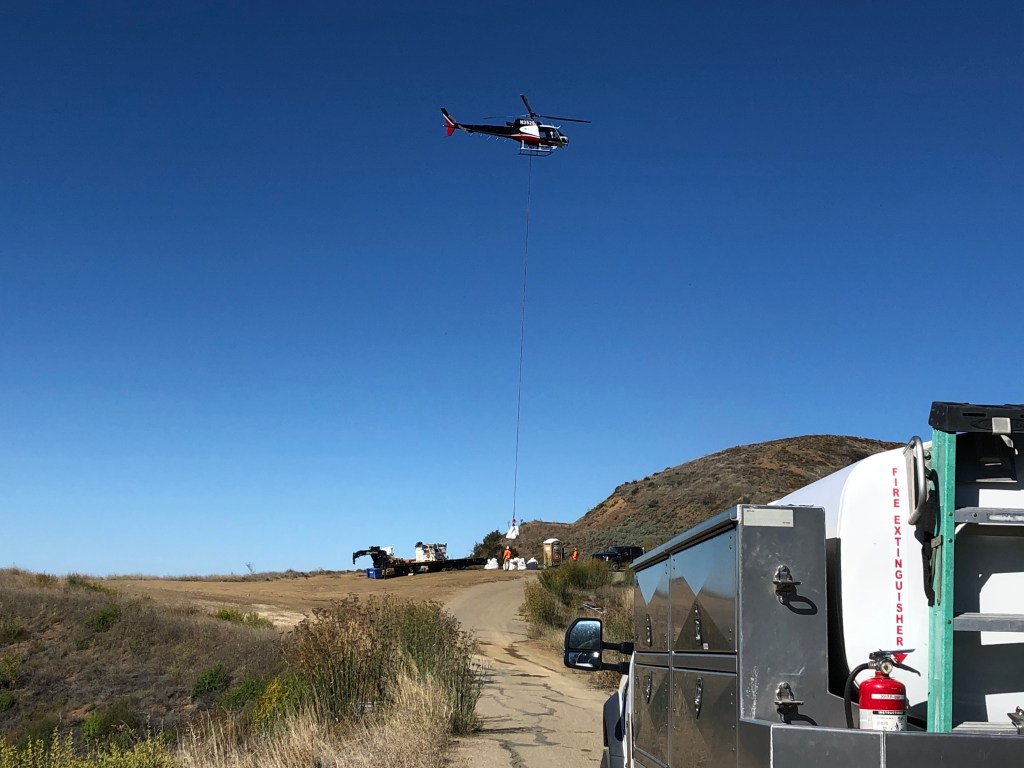
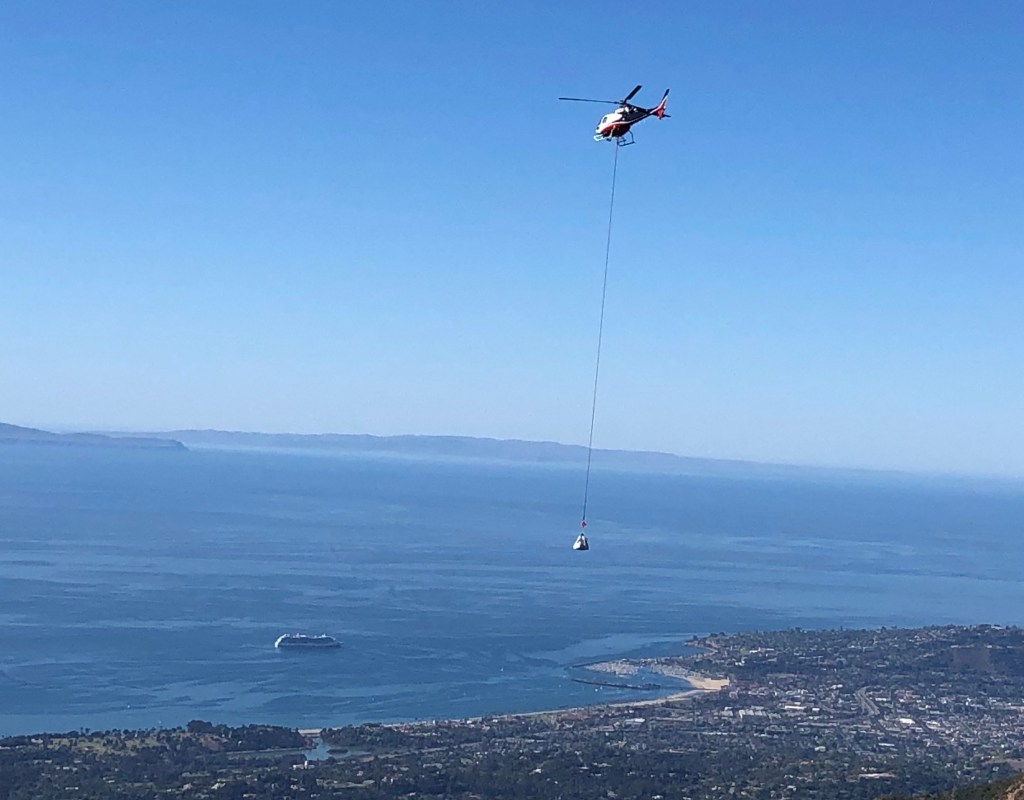
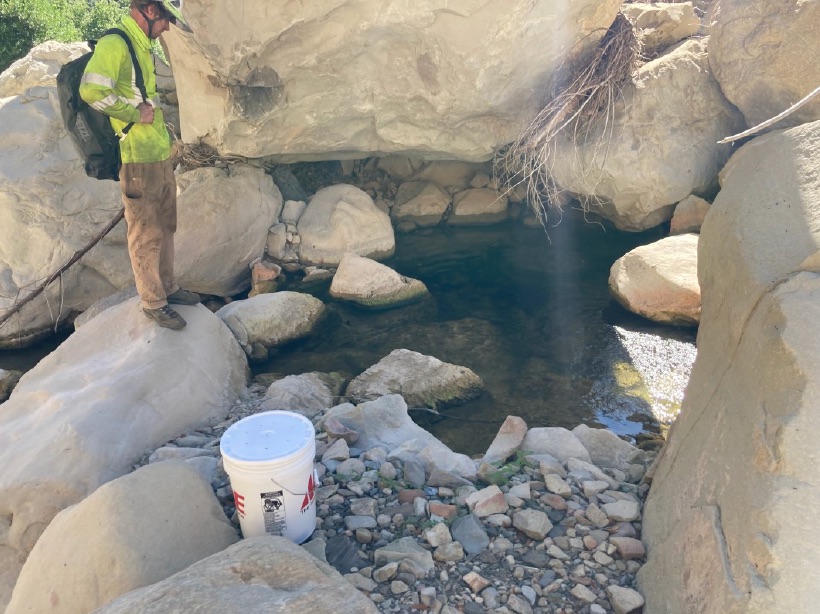
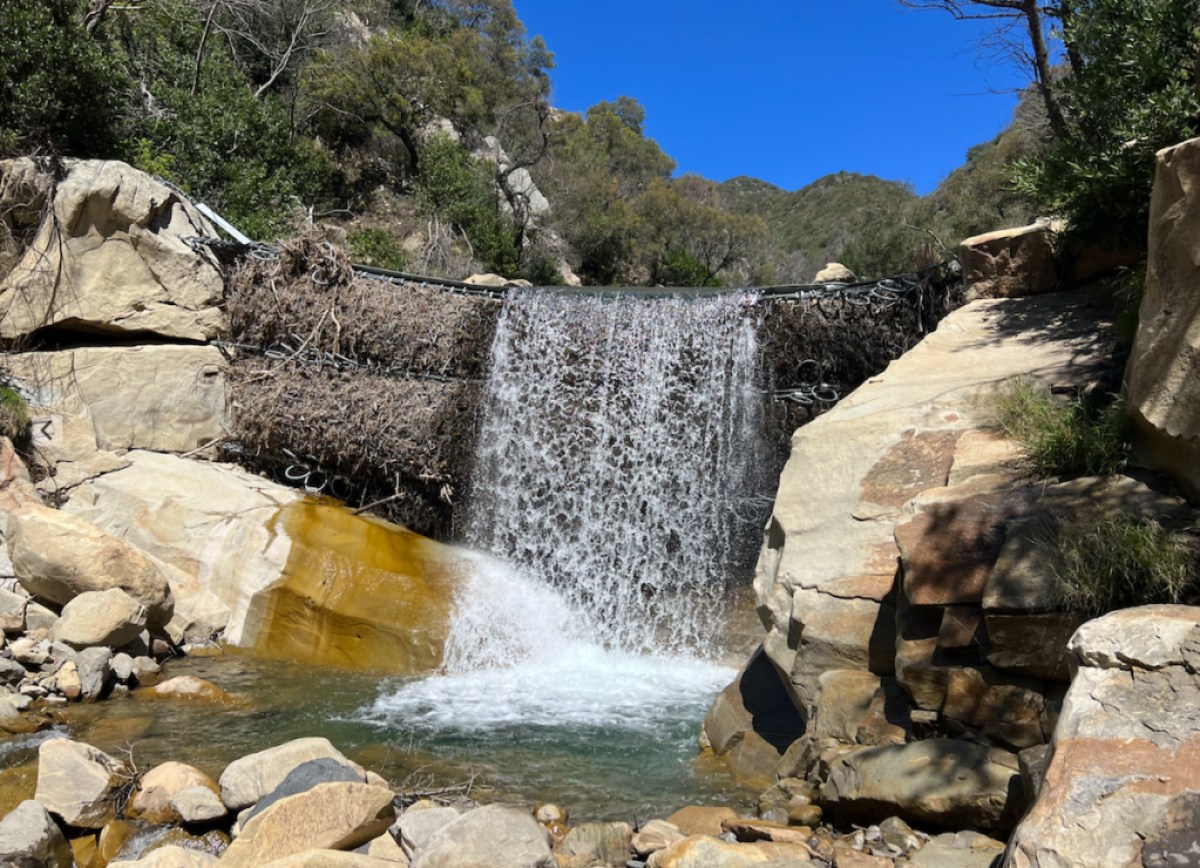

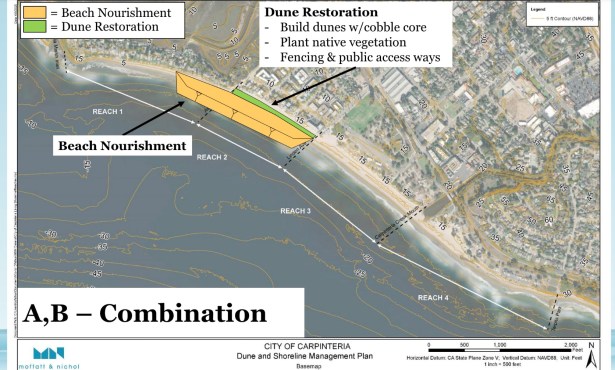
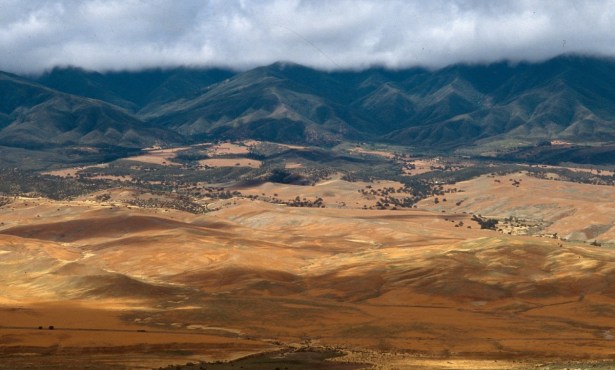
You must be logged in to post a comment.